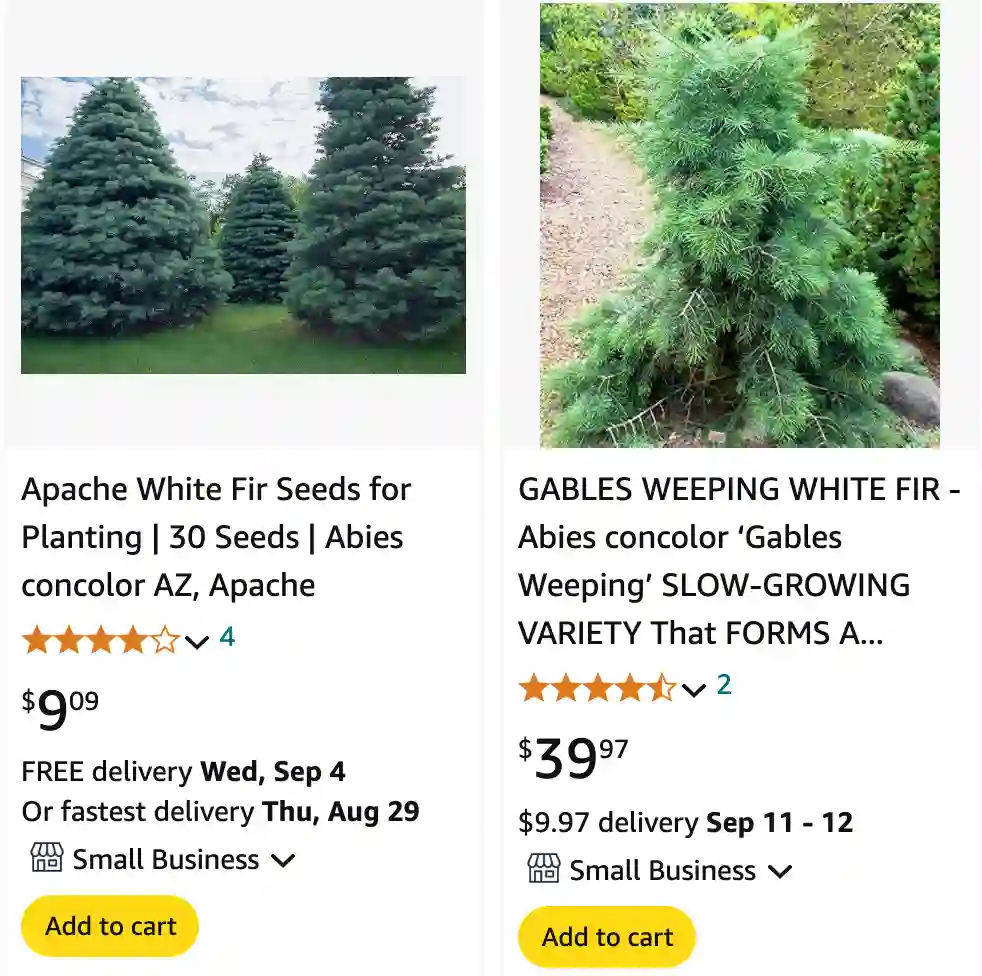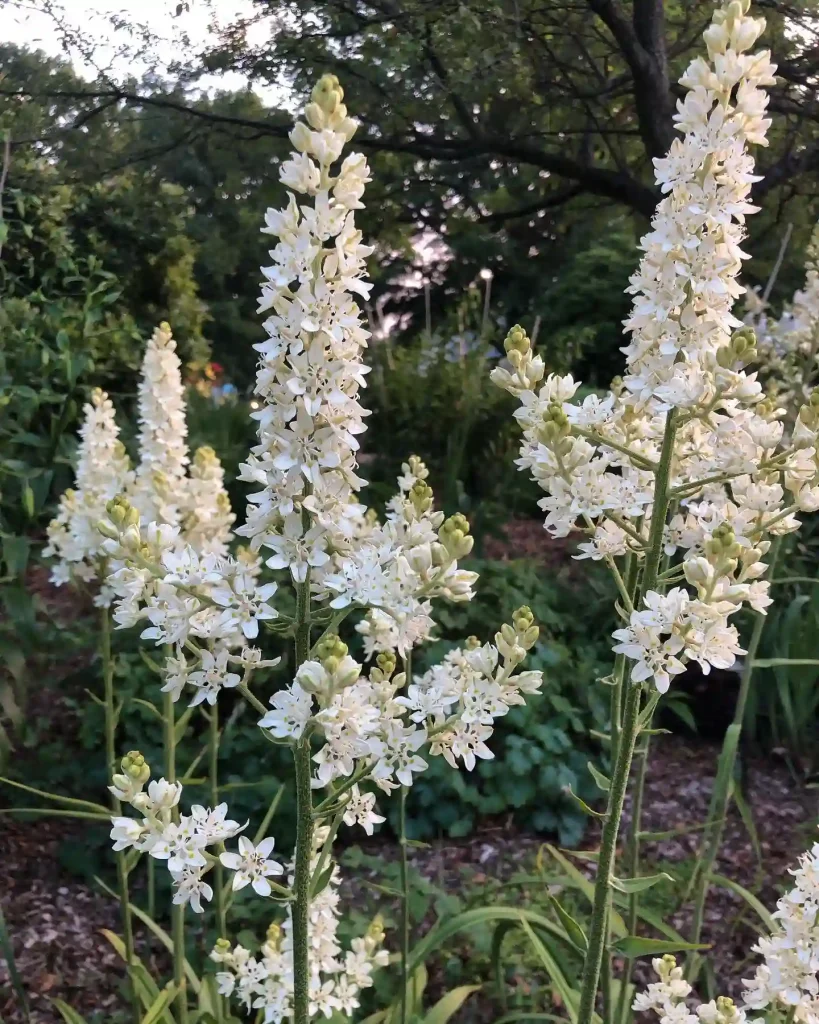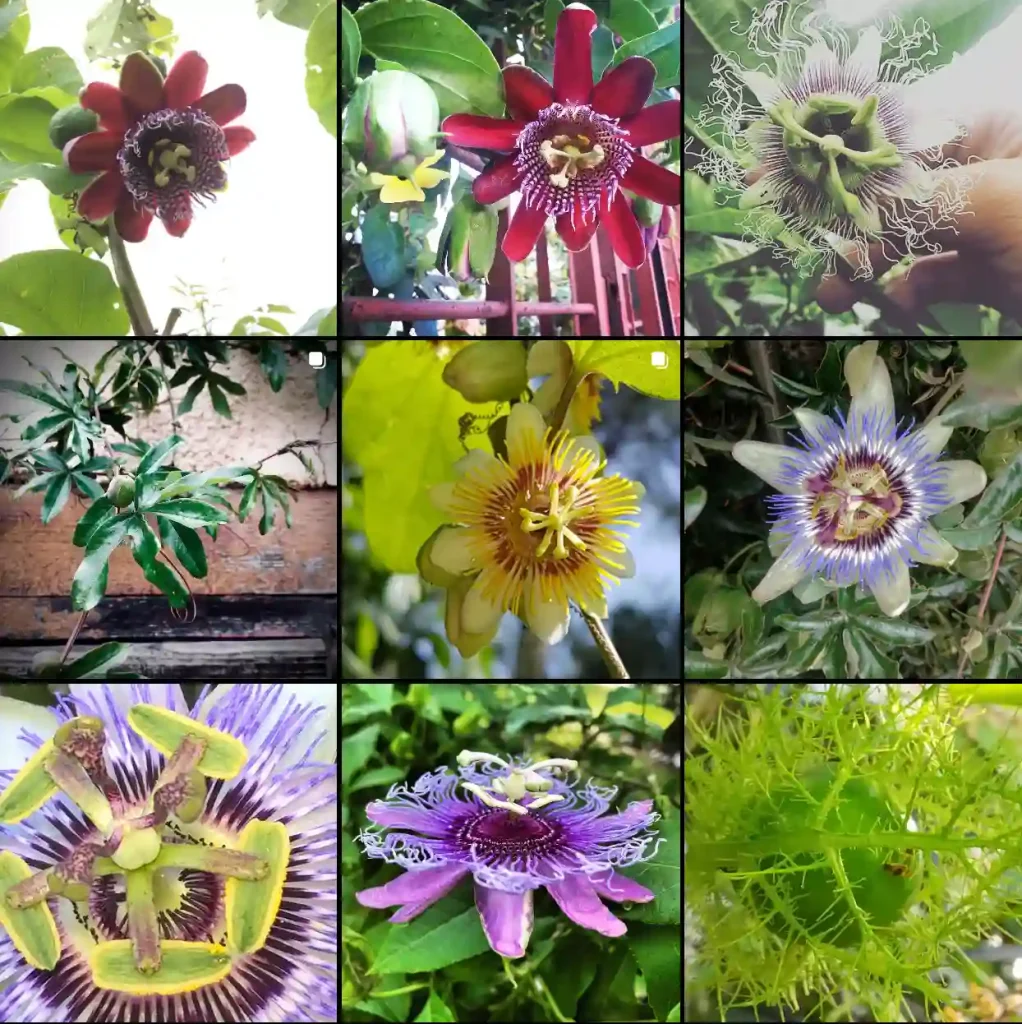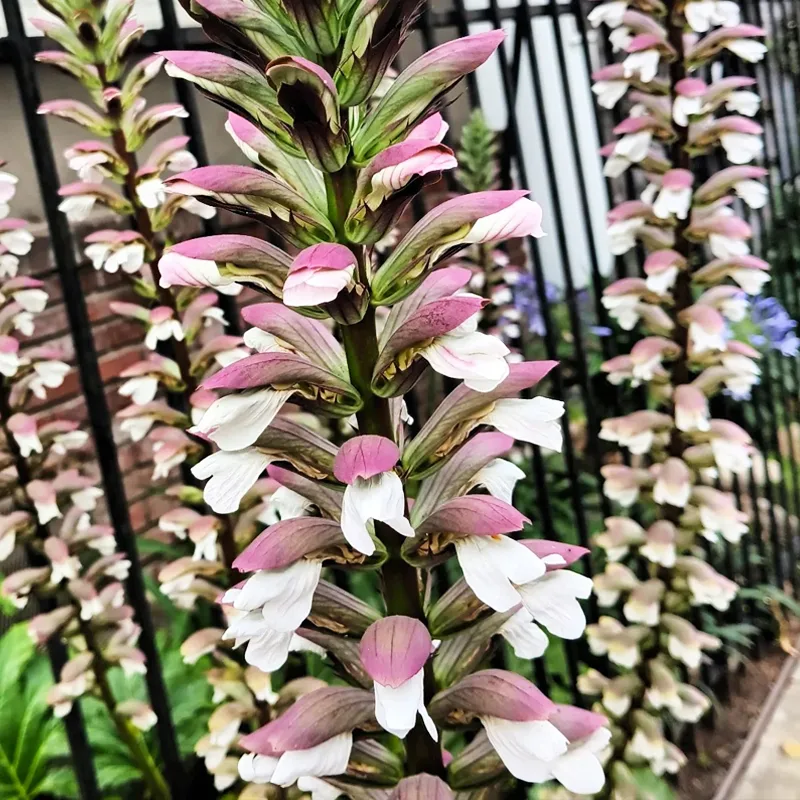
FAQs About Abies Concolor
When it comes to choosing trees for your garden or landscape, Abies Concolor (also known as the White Fir) is often on the list. I’ve spent quite a bit of time exploring this tree, and I’m excited to share some insights and answers to frequently asked questions.
48 Species in Genus Abies
Does Abies Concolor Do Okay in the Midwest?
One of the most common questions I get is about the suitability of Abies Concolor in the Midwest. Based on my experiences, it can be a good choice for the region, though with some caveats. This tree is quite adaptable and can handle the variable temperatures typical of the Midwest. However, it does best in areas with well-drained soil and moderate moisture. It might struggle in the more humid parts of the Midwest, where diseases like root rot can become an issue. If you’re considering planting it, make sure your soil drains well and the tree gets enough sunlight.
What Animals Are Affected by Abies Concolor?
Abies Concolor is not just a pretty face; it also plays a role in the local ecosystem. For wildlife, it provides habitat and food. Deer, for example, might browse on the young shoots of this tree, especially if food is scarce. Birds such as chickadees and nuthatches are known to nest in its branches. The tree’s cones are also a food source for various small mammals. However, Abies Concolor is generally less prone to animal damage compared to some other species, making it a sturdy choice for wildlife-friendly landscaping.
What Is the Value of Abies Concolor?
The value of Abies Concolor extends beyond its aesthetic appeal. It’s valued for its soft, pleasant fragrance and attractive foliage, which can add beauty and a fresh scent to your landscape. Economically, it is sometimes used in lumber and construction, though it’s not as commercially significant as some other conifers. The tree’s resilience and adaptability also make it valuable for reforestation projects and erosion control, adding to its worth in environmental management.
What Nesting Birds Use Abies Concolor?
If you’re a bird enthusiast like me, you’ll be pleased to know that Abies Concolor provides excellent nesting sites for a variety of birds. Species such as the mountain chickadee, white-breasted nuthatch, and even certain types of woodpeckers are known to make their homes in this tree. Its dense foliage and sturdy branches offer a safe and sheltered environment for these birds.
What Service Does Abies Concolor Provide?
Abies Concolor offers a range of services in landscaping and ecological systems. It’s often used as an ornamental tree due to its attractive appearance and pleasant scent. Additionally, it serves as a windbreak and provides privacy screening due to its dense foliage. In ecological terms, it supports local wildlife and helps with soil stabilization. Its role in preventing erosion and enhancing biodiversity makes it a valuable addition to various types of landscapes.
Who Is the Authority for Abies Concolor?
In terms of authoritative information about Abies Concolor, the primary sources are botanical institutions and forestry experts. The U.S. Forest Service and various university extension services provide detailed information about its growth habits, care requirements, and ecological impact. These organizations are invaluable for anyone looking to gain in-depth knowledge about this tree.
Abies Concolor vs. Balsamea
A common comparison I come across is between Abies Concolor and Abies Balsamea (Balsam Fir). While both are conifers and share some similarities, they have distinct differences. Abies Concolor tends to have longer, more flexible needles and a softer texture compared to Abies Balsamea, which has shorter, stiffer needles. Abies Concolor also has a more open, pyramidal shape, while Abies Balsamea is denser and more compact. These differences can influence your choice depending on your specific needs and preferences in a landscape setting.
How to Care for Abies Concolor?
Caring for Abies Concolor involves a few key practices. Ensure the tree is planted in well-drained soil and avoid areas where water tends to pool. Regular watering is important, especially during dry periods, but be careful not to overwater. Pruning is generally minimal, but you should remove any dead or damaged branches to maintain its health. Fertilizing is not usually necessary, but a light application in early spring can support vigorous growth.
How to Propagate Abies Concolor?
Propagating Abies Concolor can be done through seed or cuttings. For seed propagation, collect the cones when they mature, remove the seeds, and stratify them by chilling for a few months before planting. For cuttings, take semi-hardwood cuttings in late summer, use a rooting hormone, and place them in a well-draining medium. Patience is key, as rooting can take several months.
What to Plant With Abies Concolor?
When planting Abies Concolor, consider companion plants that complement its beauty and growing conditions. Groundcovers like hostas or shade-loving perennials can create a lush, attractive base around the tree. For a more natural look, pair it with other conifers or deciduous trees that have contrasting textures and colors.
Can You Grow Abies Concolor Indoors?
Growing Abies Concolor indoors is not practical due to its size and need for specific environmental conditions. It’s best suited for outdoor spaces where it can thrive in natural light and space.
Is Abies Concolor Toxic?
Fortunately, Abies Concolor is not toxic to humans or pets. Its needles and bark are safe, although ingestion of any plant material in large quantities should be avoided.
Benefits
The benefits of Abies Concolor include its aesthetic appeal, low maintenance requirements, and ecological contributions. It provides excellent cover and food for wildlife, enhances landscape beauty, and serves practical functions like erosion control and windbreaking.
Common Problems
Common problems with Abies Concolor include susceptibility to fungal diseases, especially in overly wet conditions. Watch out for signs of root rot and needle blight. Proper spacing and well-drained soil can help mitigate these issues.
I hope this overview of Abies Concolor helps you understand its place in your garden or landscape. Whether you’re considering it for its beauty, ecological benefits, or functional uses, this tree has a lot to offer.
If i die, water my plants!



